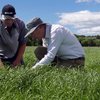
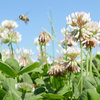
...and bring back some old natural magic
Imagine there was a legendary superhero for your farm. A true...
Imagine there was a legendary superhero for your farm. A true wonder worker, looking after animals and plants alike, free of charge. All-natural, at your back, and keen to see you succeed.
Now stop imagining and start getting excited, because every farm can have this superhero! And spring is the perfect time to welcome it with open arms.
If you want to be formal, you can call it Trifolium repens. But it also answers to white clover.
Either way, give this modest little plant a few home comforts, and you’ll be surprised how well it responds, even if it’s been lying low lately. Your animals will thank you. So will your pastures.
Gimme more!
We all have our favourite foods. Some of them are even good for us! Grazing animals have the best of both worlds – their forage of choice is a nutritional powerhouse.
You’ve probably seen your animals go through a pasture and deliberately pick out the clover. That’s because legumes taste lip-smackingly good to cows, sheep, cattle and deer.
Add in ample protein and the highest energy level of any pasture species, and you can see how white clover helps keep your animals thriving during late spring and summer.
Fun facts – research has shown every kilogram of clover dry matter eaten gives 30% more milk than grass. And pasture with high clover content grows lambs at 50-100 grams liveweight per day more than pasture with low clover.
Out of thin air
Long before chemists discovered how to pull nitrogen out of the atmosphere and ultimately turn it into fertiliser, clover was already on the case, fixing its own nitrogen and sharing it with neighbouring plants.
That natural ability to provide pasture with free, sustainable, continual nitrogen helped make our farms what they are today. It’s one of the reasons white clover is a superhero, now as much as ever.
Every tonne of clover dry matter grown comes with a bonus pack of 25 kg nitrogen per hectare. That’s free nitrogen you don’t have to apply. And the gains don’t stop there. Clover-rich pasture help you grow and utilise more feed, full stop.
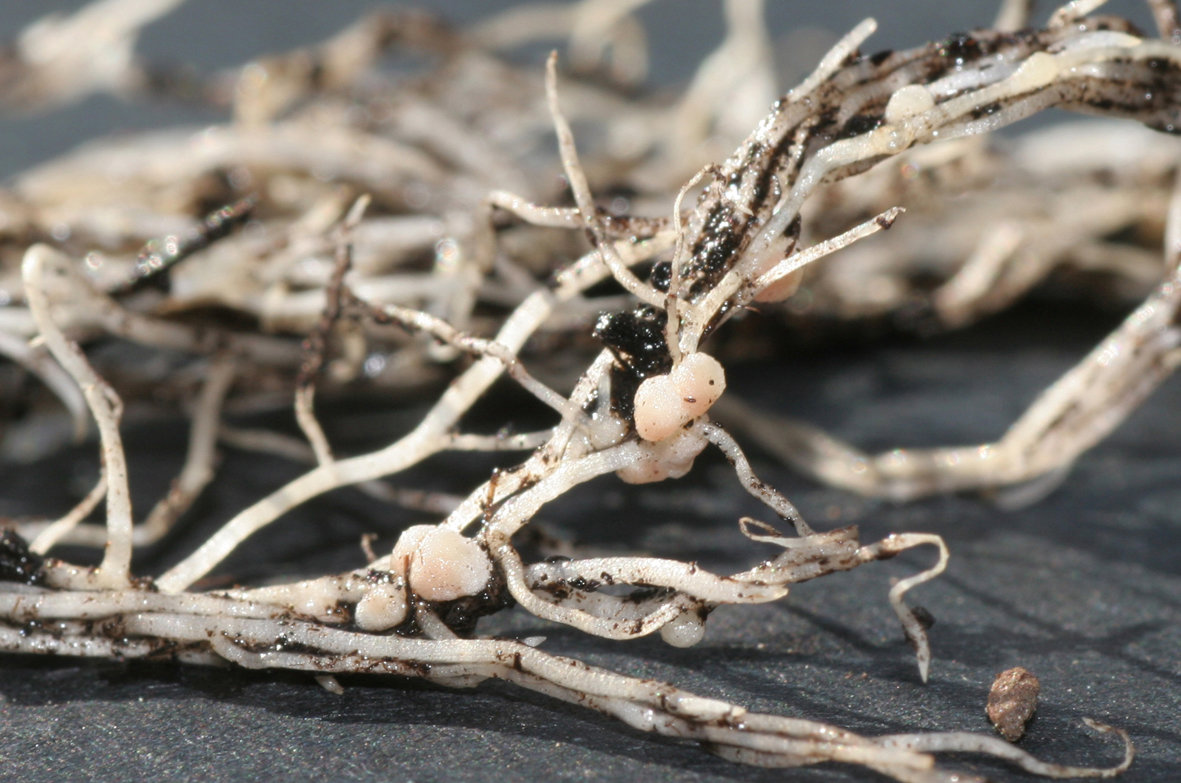
What’s your status?
If you haven’t checked in with your clover lately, now’s a great time go for a walk around the farm to see how it’s getting on.
You’ll soon know where it’s happy, because pastures with the recommended 20-30% clover content look more like paddocks of clover than paddocks of ryegrass. Give yourself a high five for those.
But what about paddocks at the other end of the spectrum, with hardly any clover? Rest assured - if you have these, you’re not alone. Our clover superhero is missing in action in many pastures these days. But you can bring it back!
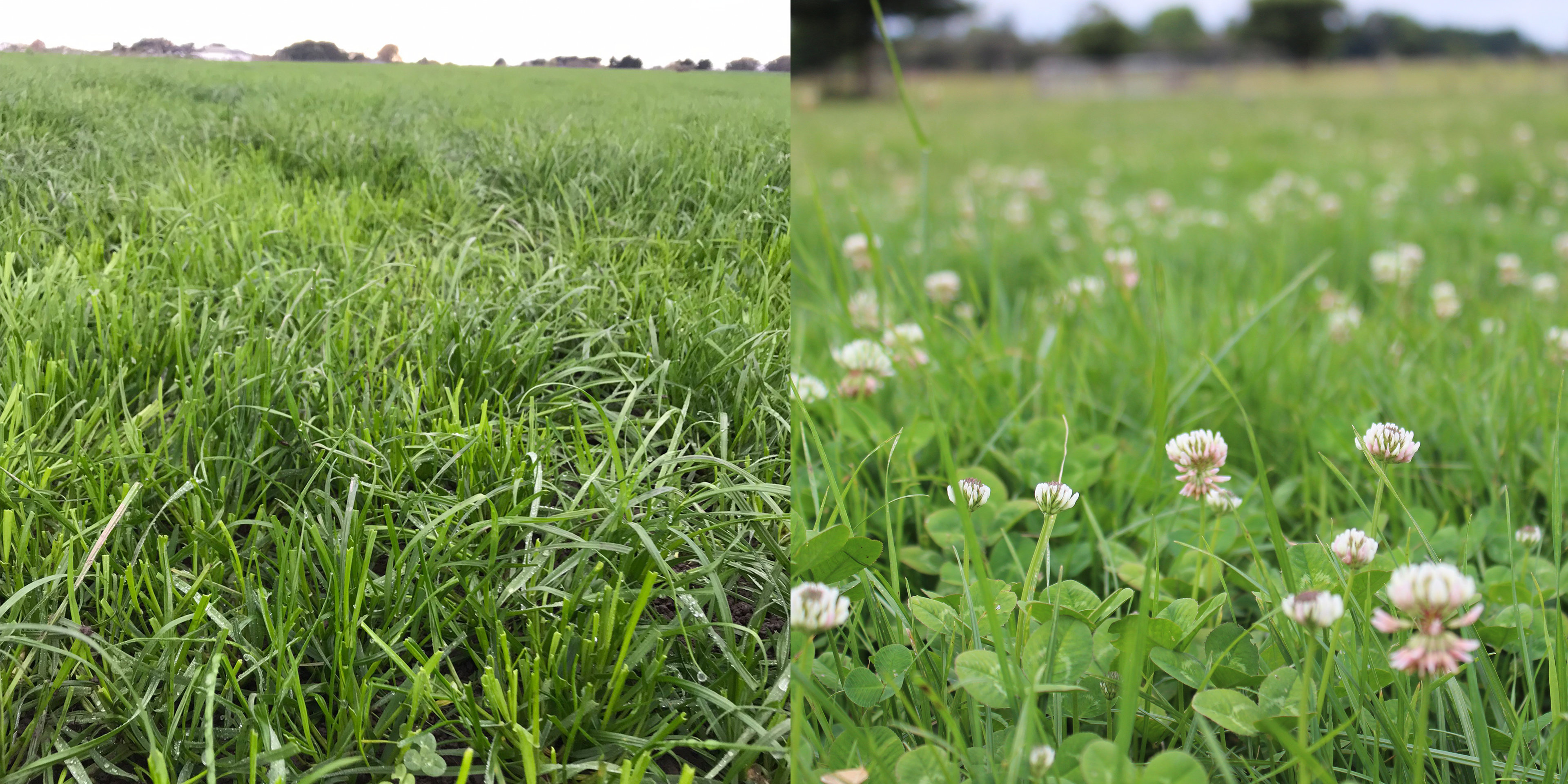
Love the one you’re with
Let’s start with the clover you do have. How can you make it happy? What does it want and need to thrive this year?
First up – a well-rounded diet. No fewer than 16 different nutrients. Feed it right, and you’ll be well on the way to a clover comeback. A herbage test is a great way to make sure your clover has the nutrients it needs.
Next – sunshine. Clover shaded by long grass is sad, weak clover.
Maybe the grass is long because it hasn’t been grazed low enough for sunlight to reach down low where clover lives. Maybe it’s long because you’ve applied nitrogen. Regardless of the reason, our superhero is in trouble down there!
Handle with care
Broadleaf herbicides are valuable for keeping pastures weed-free and productive. But some can be hard on both new and existing clover. Select and apply them carefully, and seek advice if you need it.
Remember also that clover is sometimes too good for its own good! It’s so delicious your animals can literally eat it right out of your pasture if they’re set-stocked.
During lambing, this can’t be avoided. But you can give clover a chance to recover by rotationally grazing those paddocks once set-stocking is no longer needed.
Turn over a new leaf
Sooner or later, you’ll sow some new white clover. That’s when you can make a huge difference to the amount growing on your farm in years to come. It’s all about giving those seeds the care and respect they deserve from day one.
Small, easily buried, vulnerable to crowding, and slower to get going than ryegrass, it’s no wonder new clover often struggles to find its feet.
Sow it shallow – no more than 10 mm deep. If possible, give it space of its own to establish, rather than squashing it in a row with its big pushy ryegrass friends. For super happy seeds, roll after sowing, so they are hugged nice and tight by the soil.
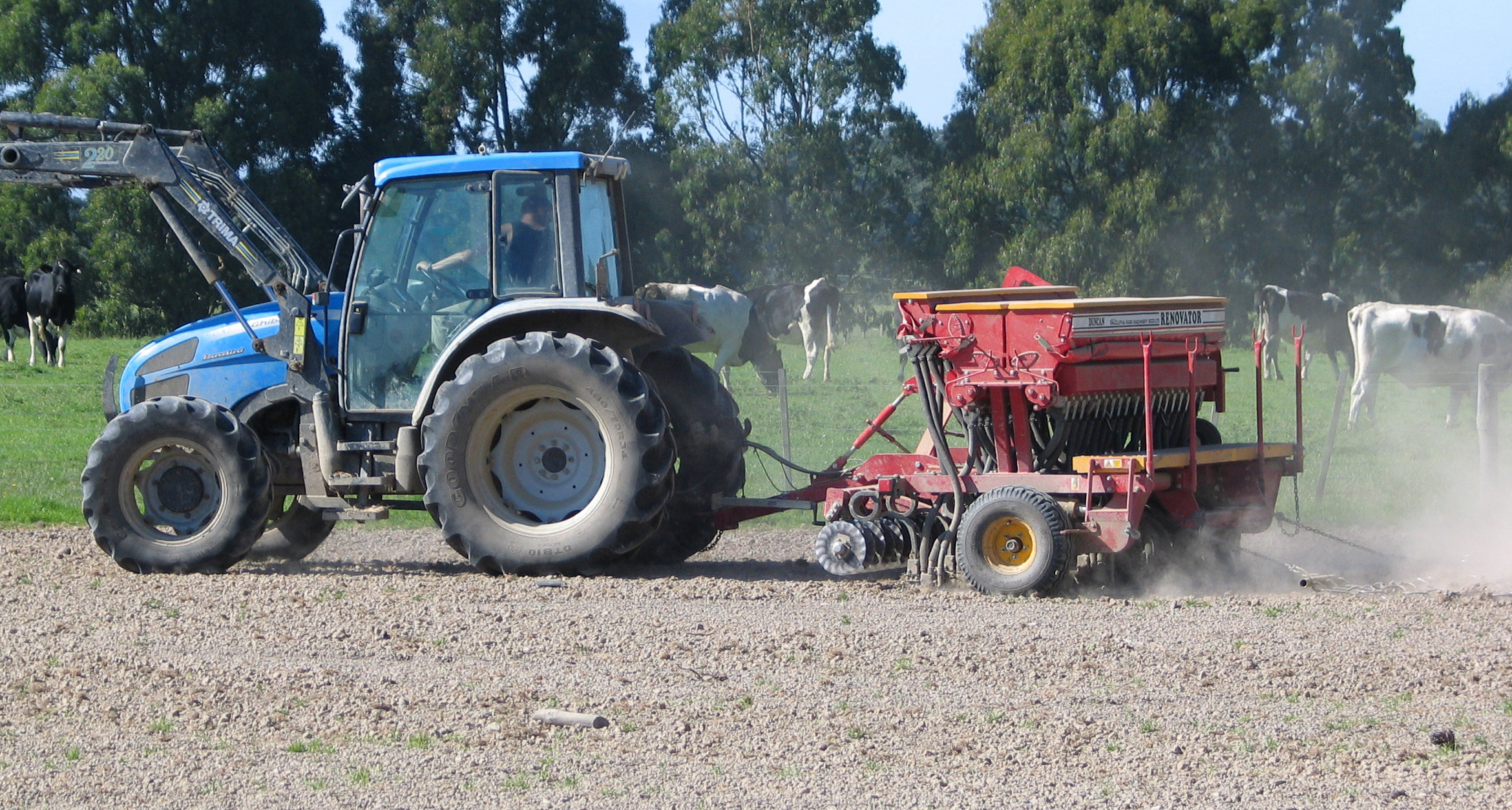
Win:win
Clover is a fiend for sunlight, especially when it’s young. Let it soak up as much as it needs by nipping off new pastures before they get too long, and preventing the grass canopy from closing over.
This is good for your ryegrass too. Daughter tillers and clover both flourish with regular rotational grazing throughout the year.
But wait, there’s more!
There are other ways to help grow more clover on your farm, including adjusting your sowing rates, and oversowing seed into existing pastures.
We can help find the solutions that are right for you – just book a free, personal Pasture Health Check with one of our team today.




